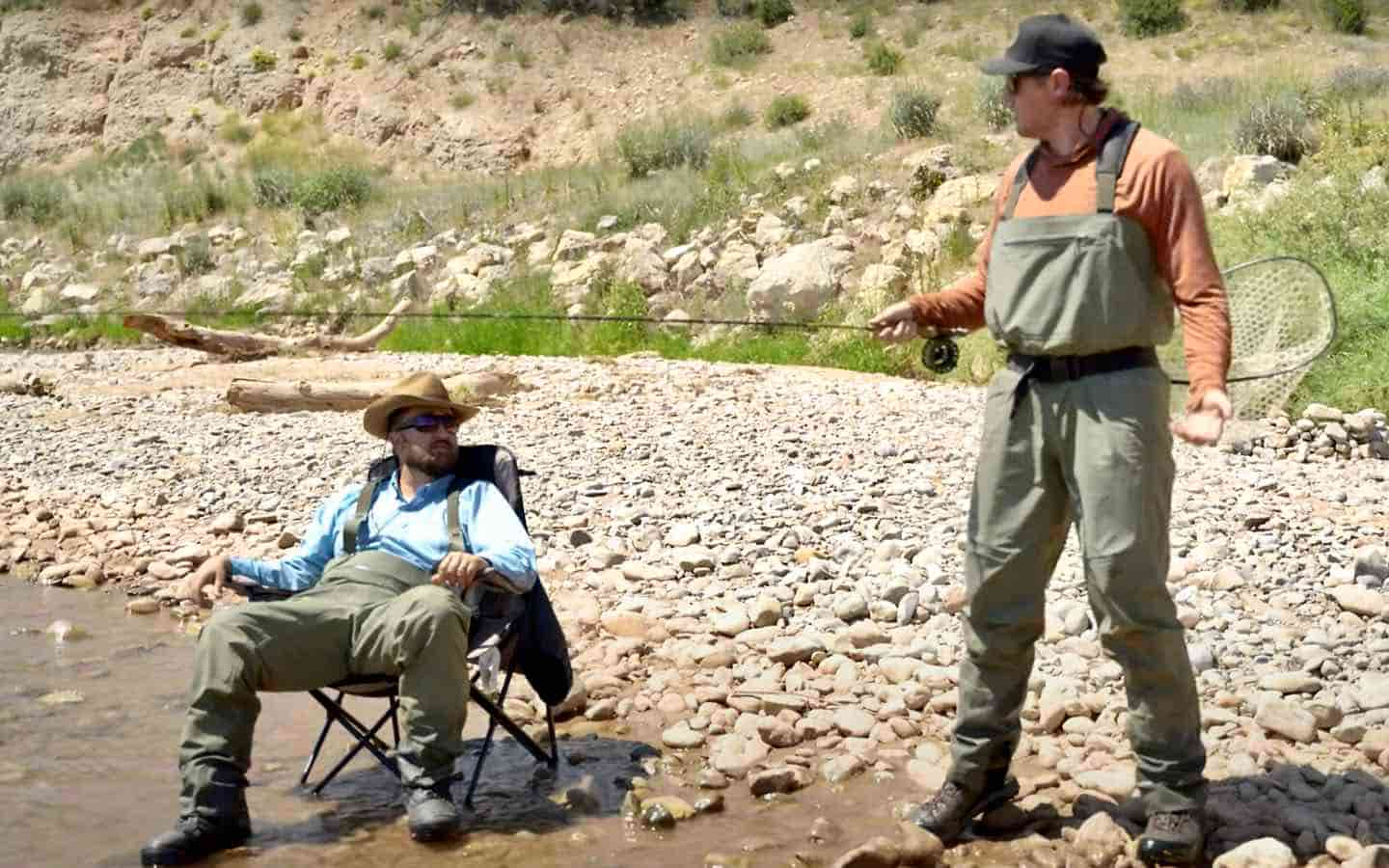What Will the PFAS Ban Do to Waders?
 While reading a recent story from Joshua Bergan about wader care, over in Fly Fisherman Magazine, I came across this quote: “Because the durable water repellent (DWR) treatments currently in use by all manufacturers contain PFAS, off-the-shelf breathable waterproof outerwear performance will likely regress in the near future.”
While reading a recent story from Joshua Bergan about wader care, over in Fly Fisherman Magazine, I came across this quote: “Because the durable water repellent (DWR) treatments currently in use by all manufacturers contain PFAS, off-the-shelf breathable waterproof outerwear performance will likely regress in the near future.”
I’ve written about PFAS recently for MidCurrent, and I’m personally and professionally intrigued to see how the upcoming PFAS bans play out. According to all the current research, PFAS are “forever chemicals” that persist in the environment in perpetuity. They’ve even been linked to some cancers in humans, which has lead California to be at the forefront of banning these chemicals.
But as Bergan noted in his story, this means we’ll likely see an immediate drop-off in “breathable waterproof outwear performance” in the coming years. Your raincoat might not be as 100% waterproof, and your new waders might not be, either. That’s of particular concern to fly anglers, since waders allow us to access the water in a variety ways throughout the year.
I’ve posited earlier that this ban could become a net-positive for anglers, because it will force wader companies to innovate and find PFAS-free solutions to add to the waterproofing process of wader fabrics.
What most people don’t fully understand about waders, however, is that it’s not just the coatings that different companies use on the fabrics that make them waterproof. It’s the construction of the fabric itself that makes it breathable for air, but not water. To quote another Fly Fisherman Magazine article, this one by Ross Purnell, “The micro-porous membrane blocks water molecules from entering, but allows (smaller) water vapor to pass, and the warmth of your body creates that vapor and even forces it out of the waders due to the colder temperature on the outside.”
What the current DWR coatings do is help further waterproof and protect the fabric of a wader from saturating, and therefore not breathing, as effectively as it should. The loss of those coatings due to PFAS bans will inhibit the breathability until a new solution is found, but won’t directly impact how waterproof your waders actually are.
And, as Bergan notes in his story, two companies are currently working on PFAS-free DWR coatings. In reality, we may not see much of a drop-off, after all.
1000 Day Gear Review: Grip Studs
The Best New Inflatable SUPs











